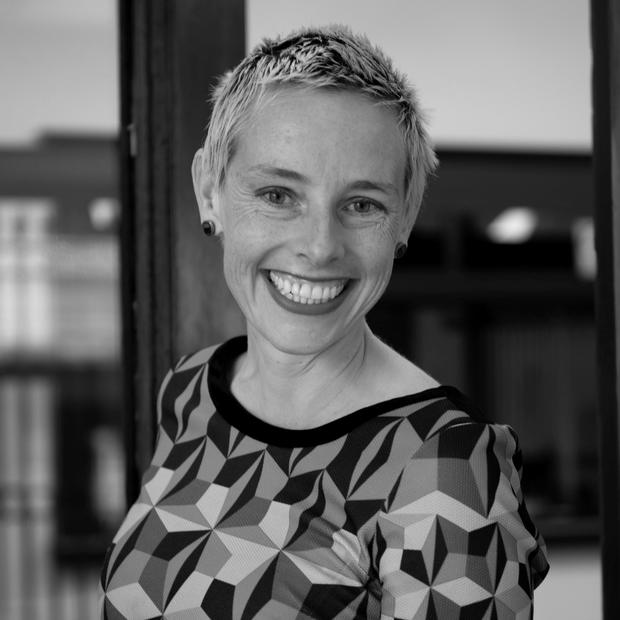It’s not just disabled folks who are transit dependent. Think about our youth, our elders, undocumented folks and people for whom car ownership is just too expensive or too environmentally destructive. Currently, more than 50% of our carbon emissions in Seattle come from cars. If we’re serious about addressing the climate crisis, we need more people like us — more people who don’t drive — and we need our elected leaders to take bolder steps to make this happen.
That’s why I’m so excited to be working as part of the MASS Coalition on a package of transportation bills we are working to pass through the Seattle City Council this fall. (I work for Rooted in Rights, a Seattle-based team of disabled video producers, editors and digital organizers who advocate for concrete changes for the disability community.) From faster and more reliable bus routes to bike infrastructure, pedestrian access and safe routes to school, our transportation package will make our city more equitable and accessible and help us reduce our carbon emissions.
Twenty-six percent of our city’s blocks still lack sidewalks; 40,000 street ends are missing curb ramps; and many intersections lack accessible pedestrian signals, making crossing even more dangerous for those of us who are blind, deaf/blind or low vision. These are large and important investments, but are also relatively simple adjustments we can make to our traffic signal policy to allow those of us who walk and roll to cross intersections safely and comfortably. Seattle recently started to give pedestrians extra lead time at some intersections, but we also need to make other safety improvements, including separating left turns or limiting rights on red. Some cities — like San Francisco — use a slower and more equitable foot-to-second ratio when calculating how much time pedestrians need to cross the street. Why can’t Seattle? We also need to remeasure some of our crossing distances from push button to push button, rather than from corner to corner, to account for the distance that wheelchair users and blind and deaf/blind pedestrians will need to cross.
We also need to find new funding sources to repair existing sidewalks. Right now there are more than 90,000 places where uplifts in the sidewalk block access and cause tripping hazards for people using walkers or strollers and those of us with limited vision. In most cases, property owners are legally responsible for these repairs, but high cost and lack of enforcement mean many sidewalks remain dangerous or impassable. Other cities have programs that require property owners with the resources to do so to repair their sidewalks, and to subsidize the repair costs for those who can’t. The condition of our sidewalks should be an embarrassment to a city with as many resources as ours, especially one so focused on reducing our carbon footprint.
We can’t forget disabled people when it snows. While it may be the law that property owners are responsible for clearing sidewalks, we need more education and enforcement to ensure those of us who use sidewalks can actually leave our homes after snow and ice emergencies. We want Seattle to step up efforts to educate property owners about their responsibility to keep sidewalks clear, and to fine large commercial property owners that don’t follow the law.
Our biking infrastructure needs to take into consideration disabled people. We need bike routes for all ages and abilities, and we need to make sure that bike share and (future) scooter share have designated places to park, off the sidewalk, so that those of us who rely on sidewalks can still get around. The city council will vote on a resolution Sept. 3 that calls for doubling the number of “bike corals” Seattle will build in 2020 and institute financial penalties for improperly parked shared devices. This will help keep undocked bikes and scooters from blocking our sidewalks, while at the same time allowing for the “daylighting” of intersections to increase pedestrian safety.
None of these changes are unreasonable, and although some require city funding, it’s all about priorities. Our state just spent more than $3 billion on a tunnel for cars, despite everything we know about climate change and about the health effects, the pollution, the crashes, the lack of physical activity that result from encouraging car use in our cities.
Just like me, my kid has low vision and probably won’t drive. So a big part of my motivation is to fight to build a city where he’ll have access to mobility options that work for him and other disabled folks. But equally important, I want to be able to tell him that I wasn’t afraid to challenge the status quo and push our society to take the steps necessary to address the climate crisis. Because he and all the other toddlers out there right now will be living with the effects of our choices for much longer than we will. Let’s be bold and actually fight for the future we want our kids to have.



